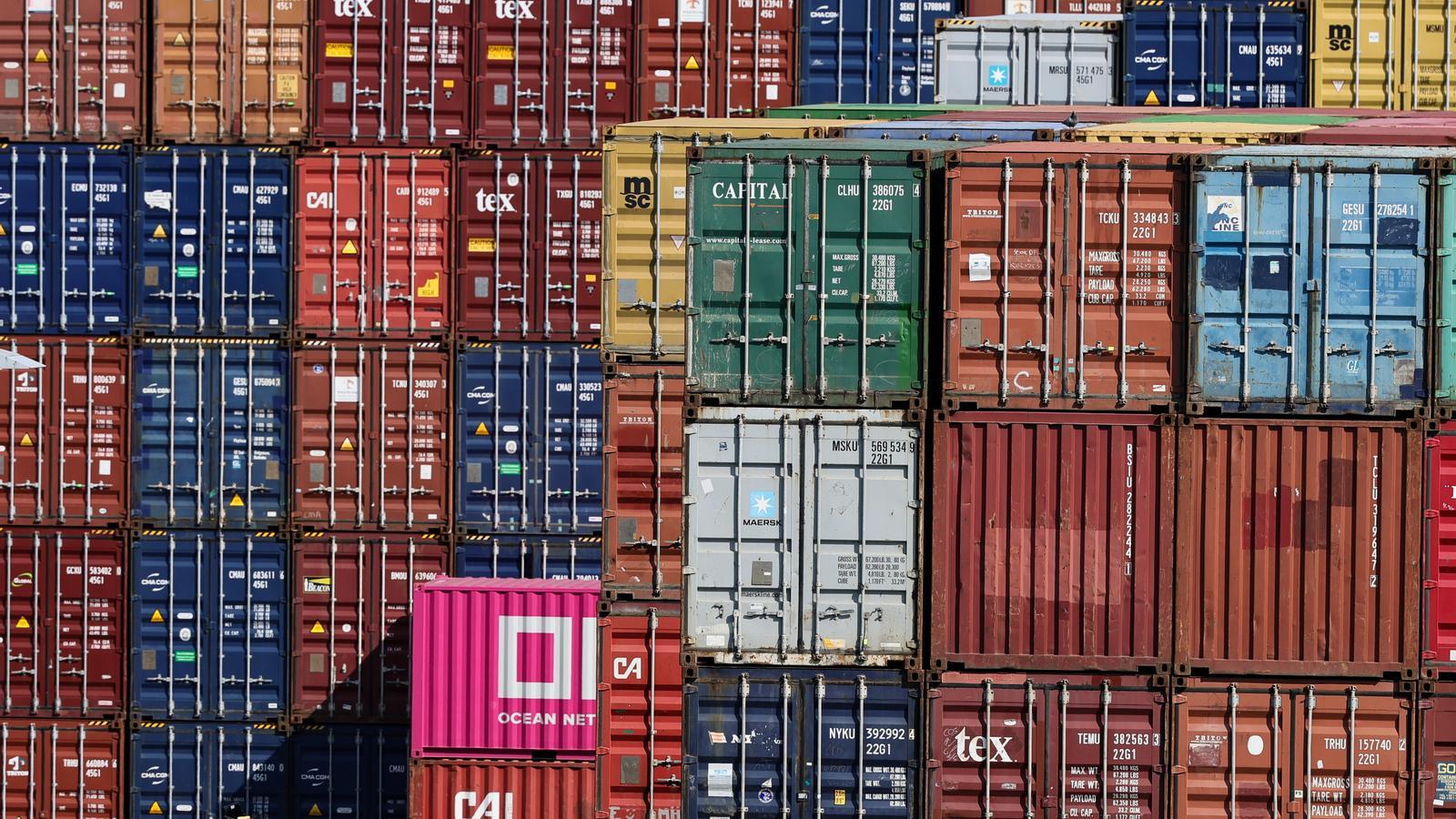A guide to understanding Trump's tariffs: who pays them and how they work
The 15% tariff will impact the pockets of American consumers and the profits of European companies.


BarcelonaWhile waiting for Brussels to publish more details, for now it is known that the trade agreement The agreement reached between European Commission President Ursula von der Leyen and US President Donald Trump will finally set tariffs on European products sold in the US at 15%. The fact that it's a US federal tax on products manufactured in the European Union may raise questions about who should pay it, when, and who is most directly affected.
These are some of the most frequently asked questions about the trade dispute between Washington and Brussels:
Who pays a tariff?
The first thing to keep in mind about the 15% tariffs agreed upon by Trump and von der Leyen is that they should not be paid directly by European companies, much less by European consumers. Those who should pay them are the American importing companies that buy European products and import them into their country.
Although each country has a different tax system, payment of the tariff is always controlled at the time the products arrive at customs at the border. In this case, when the European goods affected by the tariffs arrive at a US border entrance, US customs agents inspect the merchandise and assign it the corresponding tariff, in this case 15%. "When it arrives at the port, a self-assessment is generated," explains Emili Vizuete, director of the master's degree in international economics at the University of Barcelona. This surcharge must be paid by the American company that buys the products.
What does 15% mean?
It is the surcharge on the price paid by the American importer for the European goods it brings into the United States. For example, if a New York department store buys perfumes from an Italian luxury brand manufactured in Milan for a price of 10 million dollars, when the perfume shipment arrives at customs in the Port of New York, the department store will have to pay 1.5 million dollars (15% of the 10 million dollars) to the federal government.
Therefore, it is American companies that initially assume the direct cost of the tariff, but, once paid, they must decide how to pass it on. This is where they have several options, all of which can be combined with each other.
What options do US companies have?
The first option open to an American company that has imported European goods is to cut its margins and, therefore, its corporate profits. However, Vizuete is clear that this option is the least likely: "they won't do it," as it negatively impacts the owners. Even if they do opt for this option, it has a negative impact on the US economy, since the shareholders of American companies are almost all US residents in the case of small and medium-sized companies and, to a lesser extent but still substantially, in the case of large companies.
The second option is that at least part of the cost of the tariff is included in the price: this represents a higher cost of living for American consumers or, in the case of imported intermediate goods, the production costs of American companies. According to Vizuete, this option is more likely, but it won't be the only one: "I don't think the American consumer will end up bearing the entire 15%," although in principle it would be "normal," since it is a tariff imposed by a government voted in by US citizens against the will of Europeans.
Can Americans buy from other countries with lower tariffs?
Yes. Another alternative for US importers is to stop buying European products and try to find the same. This is the worst option for European companies, but it's difficult because the US is applying very high tariffs to most of the EU's direct competitors, such as Japan (which also closed a deal for 15%) or the United Kingdom, which obtained a lower tax of 10% but has much less industry than its counterparts.
Furthermore, some European products are not easy to replace: "Europe doesn't differentiate itself by having low costs; European products sell quality," Vizuete recalls. This is evident in food—champagne, Jabugo ham, or Parmesan cheese are only made in Europe—and in high-value-added industrial goods (high-end cars, household appliances, machinery).
Can European companies cut prices to help their US customers?
The final option is for US importers to convince their EU suppliers to offer price cuts that could at least mitigate some of the tariff. This option also has a negative impact, but less so, on European companies' bottom lines. They also have the option of negotiating price cuts in exchange for increases in sales volume (known in business terms as a rebate) that partially offset the drop in revenue; that is, selling more cheaply but in greater quantities.
It should be kept in mind, however, that each case depends on the "power" of each company, says Vizuete. If a US SME tries to get a European multinational to give it a discount, it will likely fail. But if not, a European SME may have no choice but to accept price cuts to continue having a larger customer in the US.
Given these options, which is the most likely?
None of them are mutually exclusive. Vizuete points out that it's usually "a mix" of all the options, but with nuances. The UB professor points out that "the main one" is passing on a large portion of the price to the American consumer and, consequently, increasing the cost of living in the US, something that Trump himself warned could happen due to the tariffs.
